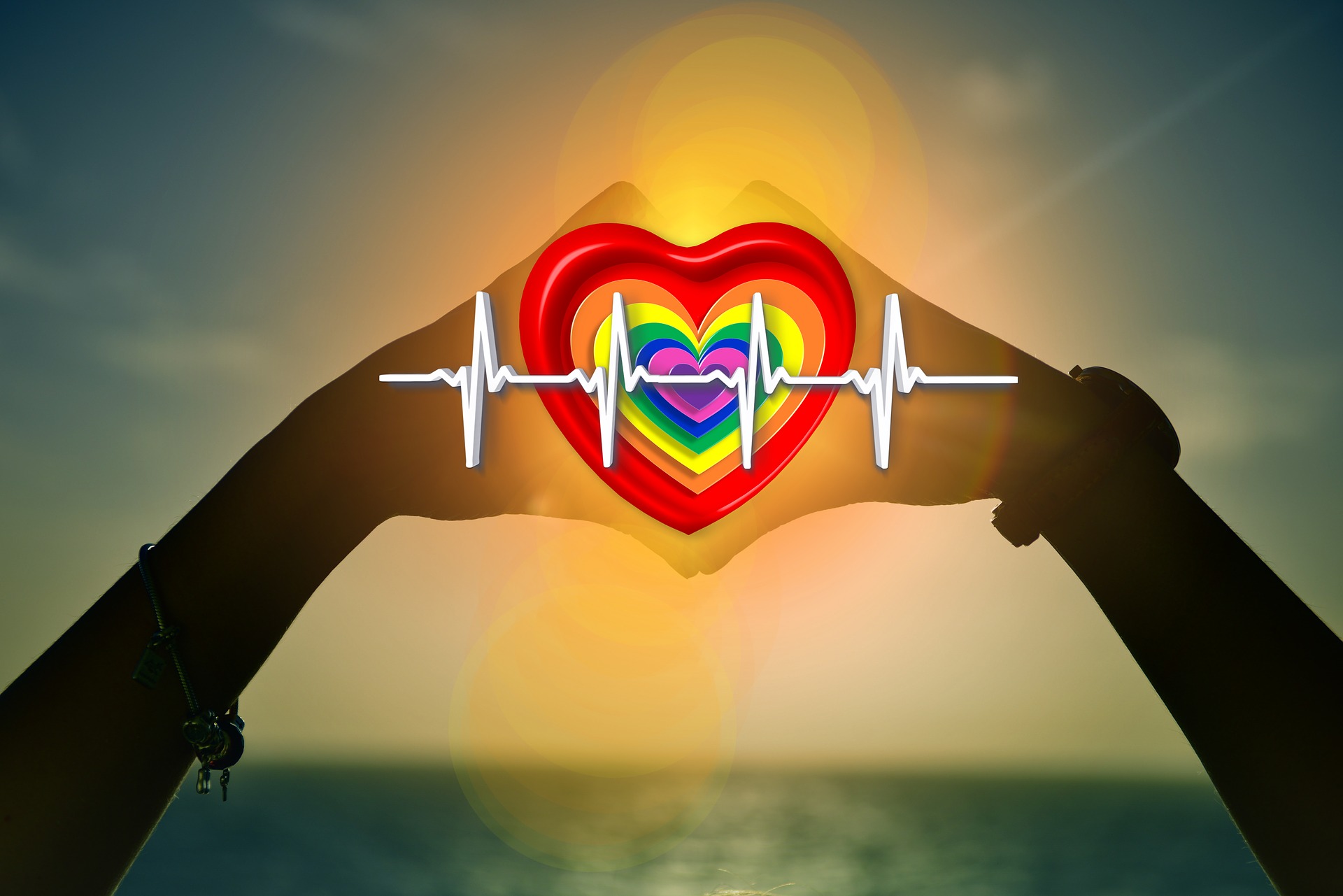My Take-Away From the Boonshoft School of Medicine Medical-Spirituality Conference
As the Big Book says, “The spiritual life is not a theory, we have to live it.” That right there in a few short words was the premise of the conference, and I believe if memory serves me, that is the quote on the first slide that the first speaker showed the group. All of the esteemed doctors from the Hazelden Betty Ford Foundation agreed that in order to recover from addiction one has to treat all four aspects of addiction: Bio/Psycho/social/spiritual. YES!
According to Dr. Seppala, chief medical officer at the Hazelden Betty Ford Foundation, he summarized that exhaustive research has shown that recovery from drug and alcohol abuse points to the inclusion of a spiritual component—those who refuse to acknowledge or try to find a higher power of some sort, may not find the long-term, contented recovery that they desire. Side note: In fairness, I do know of several atheists who have found long-term recovery and they seem at peace; I wish I would’ve asked that specific question to see what the doctors had to say on atheism, but I didn’t, so suffice to say—the doctors agreed—find a higher power.
I loved that the one doctor had quite a story and he too was in recovery and found his recovery through the twelve steps. The gold-standard for recovery continues to point to the twelve steps, and it saddens me that there is so much AA bashing on the internet. If much of the research points to spirituality being a vital part of recovery, why do so many reject that premise?
Another important point was made in that research shows that “yoga, meditation, recovery support groups are great supplements, but alone, are insufficient to bring about a balanced recovery.” The conclusion is that changes in behaviors plus some sort of spiritual connection is the best recipe to illicit enough change in a person so that recovery can be sustained.
Opiates/Alcohol
I continue to take umbrage with the fact that the focus was on opiates and the reality is is that alcohol kills more people than opiates. There was only one doctor who stood up and made the important point that 88,000 people died last year from alcoholism—more than the 70,000 plus have lost their lives to opiates. The numbers are staggering and sad, but alcohol abuse is on the rise, particularly among women. According to the info on the Betty Ford Foundation website, women are more apt to have mental health issues as a result of their alcoholism.
There are no shortages of drug addicts who have told me that they had a history of relapsing on heroin because they thought they could drink, and invariably, the drink led them back to the needle. In my opinion, addictions, regardless of the substance, are married: addiction is addiction, and if you’re a drug addict and suddenly there were no more drugs on the planet but plenty of alcohol—I’d bet with almost 100% certainty that the drug addict would switch additions and turn to alcohol in order to obtain the desired numbing effect.

Addiction is a disease of the soul where a person harbors a sense of incompleteness, aloneness.
Addiction is a Brain Disease
Alcoholism/addiction is a brain disease. Drugs and alcohol work on the dopamine receptors—that feel-good chemical that is released in the brain when a person engages in healthy activities and relationships such as: love, compassion, joy, mystical illumination, social connections, and exercise. All of the aforementioned activities and emotions help release dopamine—but these normal activities don’t release the same amount of dopamine that alcohol and drugs can. Addiction resides in the Amygdala, in a part of the brain that is nestled in what’s called the limbic system. Dopamine is the driver here and when someone drinks or uses drugs, the brain is flooded with dopamine–far more dopamine than would ever be released in a normal brain. Over time, the dopamine receptors die off and it takes even more dopamine to get the desired effect; the reduction of dopamine receptors helps explain why drug and alcohol use tends to escalate over time. The brain is searching for equilibrium and more and more of whatever substance a person uses is needed for homeostasis.
Chronic Disease Model
Perhaps because I work in healthcare (and the truth is that a majority of illnesses and admissions seem to be lifestyle related), but the doctors from the Betty Ford Foundation pointed to research that states that alcoholics/addicts have about the same relapse and compliance rate that people with say, diabetes have. The difference is that healthcare workers and families don’t attack the diabetic the way they will the alcoholic/addict in their life. My personal opinion on this is that a diabetic may inflict irreparable harm on themselves, but they don’t wreak havoc and cause the sort of chaos that an alcoholic or addict can in someone else’s life. This distinction wasn’t made, but after living with alcoholics, I can say that my personal experience is that the alcoholic’s behavior bleeds all over the family and isn’t isolated to the sick person in the same way that another chronic disease such as congestive heart failure (CHF) or diabetes might be.
Relapse Prevention:
External supervision– referring to perhaps extensive OP treatment or IOP type programs. The accountability factor weighs heavy here.
Ritualized dependency on a compelling behavior (positive behavior such as meetings, prayer, talking with a sponsor, service to others…
Spirituality
Community- People do best when they hang out with other like-minded individuals. My personal favorite because I have said this all along…(yes, patting myself on the back here a bit), but we as a culture have normalized heavy drinking. As long as heavy drinkers hang out with other heavy drinkers—people tend to normalize what is not at all normal. We’ve all see evidence of this on social media where if you comment on a drunk-mom or dad post—the backlash is swift and vicious. I know when I drank, I looked for people who drank like me. It’s quite uncomfortable for a heavy drinker to spend time with someone who drinks normally, The spotlight is just too bright.
Miscellaneous Facts:
Suicide is the second cause of death for adolescents (depending on what study you read).
The vast majority of people with alcohol use disorders also use nicotine, marijuana or some other substance.
Over 23 million people have addiction issues (I have read studies where it had this number closer to 32 million or 10% of the population).
If all of the people with substance abuse issues were rounded up and dropped into a state of their own it would be the fourth largest state in the nation.
Genetic factor/loading is a significant contributor to addiction.
So there you have a recap of what was a most informative conference, and I hope this post helps explain something that perhaps you weren’t aware of or perhaps it will solidify what you already knew to be true: Recovery is not always easy but it is so worth it!
Lisa is the author of the multi-award winning book, Raising the Bottom: Mindful Choices in a Drinking Culture. After short stints where she trained polo horses, worked as a flight attendant, hairdresser, and bartender, she revamped her life and settled in as a registered nurse. For the past twenty-nine years has worked with hundreds of women to overcome alcoholism, live better lives and become better parents. She was prompted to write Raising the Bottom when she realized after twenty plus years of working in hospitals, that doctors and traditional healthcare offer few solutions to women with addiction issues. You can start reading for free on Amazon. Follow her on Twitter @LBoucherAuthor and Instagram.

